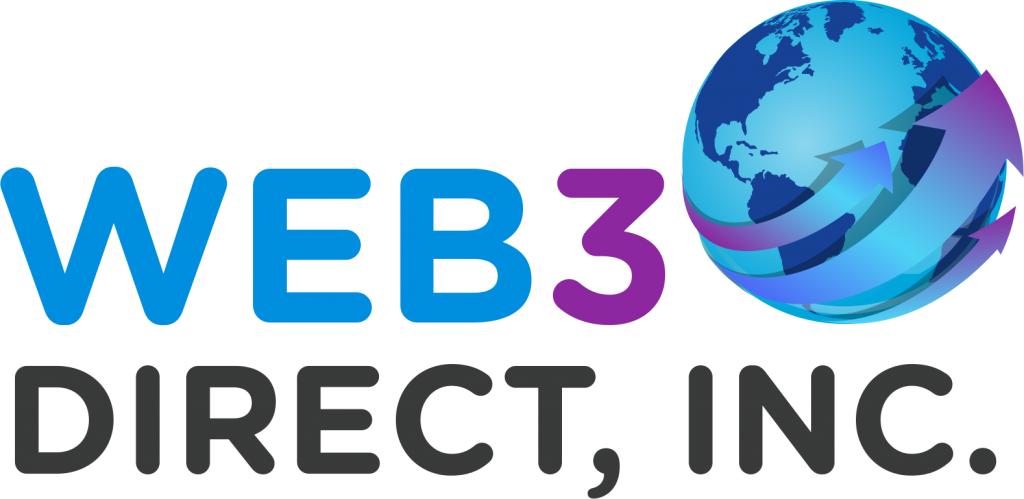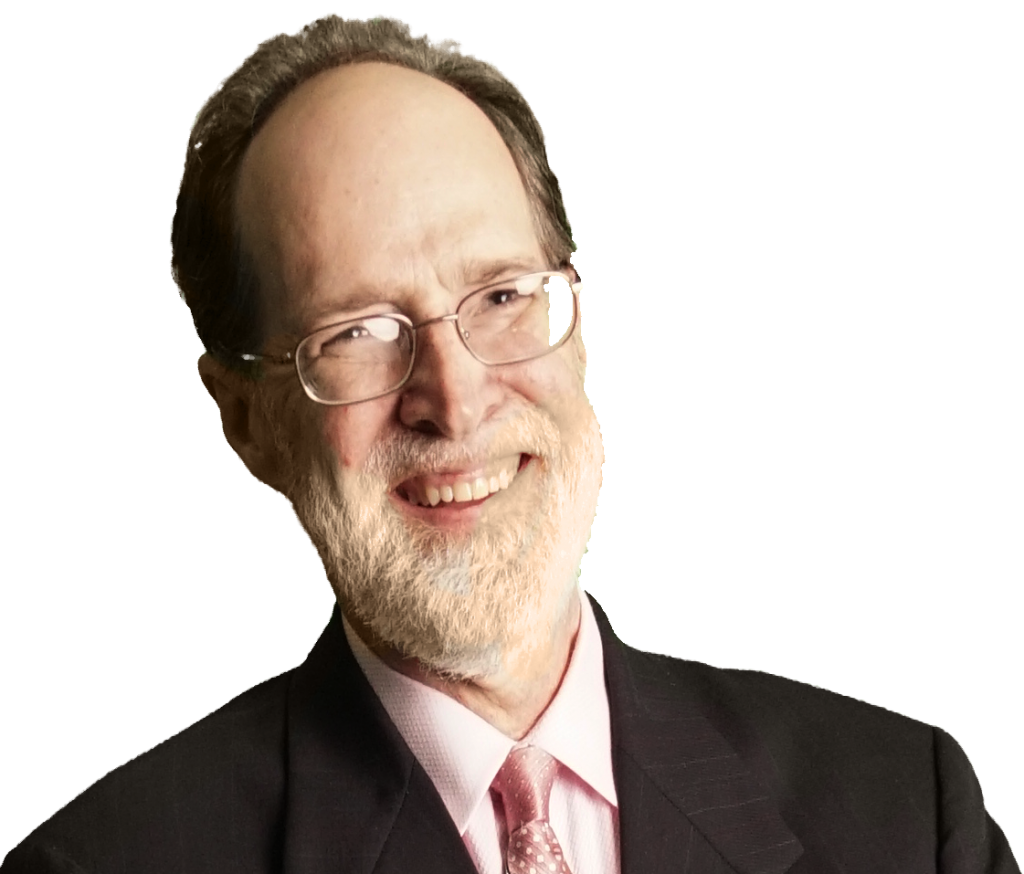(Note: In Spring 2006 I worked closely with two companies preparing for Initial Public Offerings. This transcript is from a curated series of late-night sessions I recorded to train the corporate marketing and sales teams. In these private trainings I answered their specific questions about the strategies and tactics (and art) of establishing your branding and positioning as unique and special, to give you the edge in a crowded marketplace. These have never been shared publicly before now, and even though the recording quality is poor there are some golden nuggets of information in each that will expand your understanding of these key topics and give your business the edge as well.)
I’m going to give a couple more examples of Exclusionary Marketing. You see marketing to me is not about how many you can get into the glass it’s about how many you can pour out of the glass. Your market may be everybody,
I’m going to give a couple more examples of Exclusionary Marketing. You see marketing to me is not about how many you can get into the glass it’s about how many you can pour out of the glass. Your market may be everybody, you may think it’s everybody, but you want to eliminate as many as possible. And I do this with a glass, I’ll hold a glass of water up and I’ll say, How many of you (this is everybody who could possibly use your services)… The purpose of marketing — and I’ll sit there and pour out the water — is to pour out as many of these people as you can, so that you don’t have to waste time with them, but can only work with the ones who are down here, this group, that’s your real market: The ones who want you, want what you have, will listen to what you tell them to do, and who become evangelists for you. THAT’s who you want.
Now a couple of more quick examples of Exclusionary Marketing: In doing events we often would have high dollar events where people would have to call in and go through a brief interview process in order to be admitted. I’ve watched Joel Bauer, who’s brilliant in front of a room, do a similar thing where he doesn’t give the people a registration form, he has an application form. He doesn’t walk out into the room and hand it out, he stands there and gives them about a minute, if they’re interested to come up and get it, and then he puts them away in his briefcase.
This creates an exclusionary kind of an approach, and by excluding people, he gets the people that are most interested. Can you see that? He creates a very limited opportunity, and he makes it where there is an obstacle for the people, they have to be qualified.
you may think it’s everybody, but you want to eliminate as many as possible. And I do this with a glass, I’ll hold a glass of water up and I’ll say, How many of you (this is everybody who could possibly use your services)… The purpose of marketing — and I’ll sit there and pour out the water — is to pour out as many of these people as you can, so that you don’t have to waste time with them, but can only work with the ones who are down here, this group, that’s your real market: The ones who want you, want what you have, will listen to what you tell them to do, and who become evangelists for you. THAT’s who you want.”
Now a couple of more quick examples of exclusionary marketing: In doing events we often would have high dollar events where people would have to call in and go through a brief interview process in order to be admitted. I’ve watched Joel Bauer, who’s brilliant in front of a room, do a similar thing where he doesn’t give the people a registration form, he has an application form. He doesn’t walk out into the room and hand it out, he stands there and gives them about a minute, if they’re interested to come up and get it, and then he puts them away in his briefcase.
This creates an exclusionary kind of an approach, and by excluding people, he gets the people that are most interested. Can you see that? He creates a very limited opportunity, and he makes it where there is an obstacle for the people, they have to be qualified.
In doing a credit investor program I originally started it at a 650 credit score and $60,000 dollars income; actually I think we started at $50,000. Knowing that there are millions of people out there who qualify, we progressively raised that, and for most of the time we were doing it at seven hundred credit score and seventy thousand dollars of household income. And we’re in the process of raising it to 750 and $80,000 dollars income.
The point is, is that every time we raised it, we didn’t really notice any major drop off in calls. But what we did get was a higher percentage of people who were easier to qualify.
So we raised those thresholds so that we didn’t have to work through dozens of people to get to one who could buy, but we could work through two or three or four people to get to the one who could buy. And everything that I try to do, I always look at how can I create exclusionary programs that help people to self eliminate themselves.
And the ones that don’t, generally speaking, have already, simply by that fact, said I’m going to listen to what you say. I want to be in this program, I’m going to go through these little hoops you’ve set up — these “dufus tests,” as one of my mentors used to call them — and I’m going to let you take me where I want to go, I’m going to follow you, and I’m going to follow your lead. And when a sales person gets a person like that, they’ll love you for it for the rest of their life. Because you are not just dumping tons of names on them, you’re giving them really good qualified leads. And that’s what it’s about. It’s about getting qualified leads that then you can convert and they become long term customers with a high lifetime value.
Photo by Anna Urlapova from Pexels


